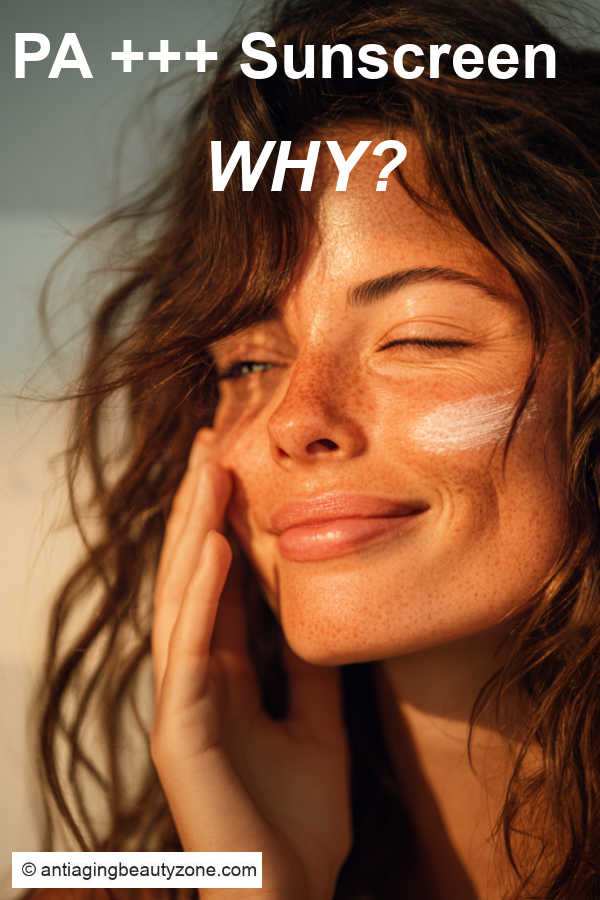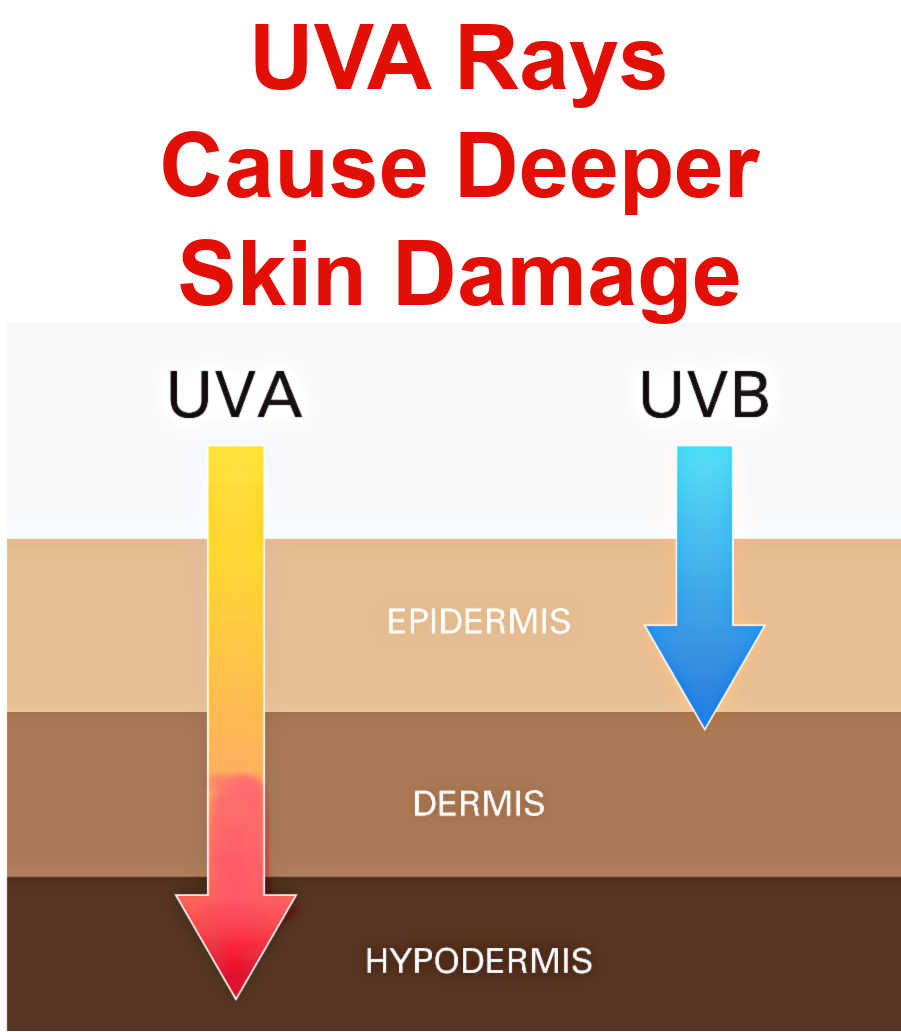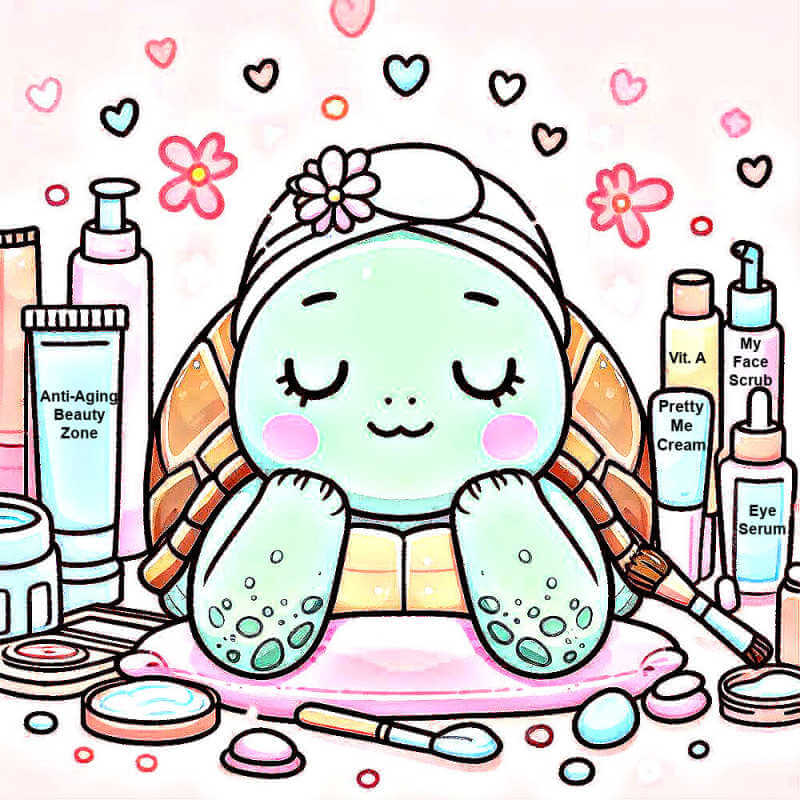- Home
- Skincare Guide
- Sunscreen & Protection
- What Is Pa in Sunscreen
What is PA in sunscreen?
The UVA Rating That Helps Protect Against Wrinkles and Sagging
PA is a UVA protection rating.
It tells you how well a sunscreen helps protect against UVA rays — the rays linked with photoaging (fine lines, loss of firmness, and uneven tone over time).
PA rating levels explained:
- PA+ = some UVA protection
- PA++ = moderate
- PA+++ = high
- PA++++ = very high / highest level shown in the PA system.
In short: SPF protects against burning (UVB), while the PA rating shows how well a sunscreen protects against aging UVA rays.
If you’re serious about preventing fine lines, sagging, and sun damage, don’t just check the SPF—look for the PA rating too.
PA stands for “Protection Grade of UVA,” a system used to show how well a sunscreen protects against aging UVA rays.
Korean sunscreens helped make this UVA system popular for their lightweight feel and strong anti-aging protection.

Why I started caring about the PA rating
For years, I thought SPF was enough. But once I learned that UVA rays can break down collagen, thin facial fat pads, and lead to visible face sagging—I knew I had to step up my sunscreen game.
I now use one with a high PA rating and pair it with face exercises that help keep everything lifted and firm.
What I use
 My daily go-to: Colorescience mineral sunscreen with PA++++ protection. It shields against deep UVA damage that causes sagging and wrinkles—and it actually feels good on your skin.
My daily go-to: Colorescience mineral sunscreen with PA++++ protection. It shields against deep UVA damage that causes sagging and wrinkles—and it actually feels good on your skin.My daily go-to is Colorescience mineral sunscreen with PA++++ protection.
It’s non-greasy, protects even on humid summer days, and wears beautifully under makeup.
SPF vs. PA: What’s the Difference?

Most of us know SPF is about UVB — the rays that cause sunburn.
But SPF doesn’t tell you how strong the UVA (aging) protection is. That’s where the PA rating comes in.
Think of it like this:
- SPF = UVB = sunburn
- PA = UVA = skin aging
UVA rays go deeper into the skin and are linked to long-term changes like collagen breakdown, loss of firmness, and sagging.
Note: Research published in the Journal of Investigative Dermatology suggests UVA exposure can affect the skin’s support structures, including collagen and elastin, which help keep skin firm and supported.
If you’re unsure whether your sunscreen truly protects against aging, I explain it here: does sunscreen prevent aging?
Why you should care about UVA protection
UVA rays:
- Penetrate deeper into your skin than UVB
- Damage collagen and elastin
- May thin the fat pads that keep your face firm and youthful
🧠 Did you know?
UVA rays can even reach through clouds and windows. Long-term exposure = sagging, wrinkles, and even higher risk of skin cancer.
This was my turning point: once I understood that UVA damage goes deeper than the surface, daily sunscreen became non-negotiable for me.
Glow-Up Tip
Choose a sunscreen with:
- SPF 30+ for UVB
- PA+++ or PA++++ for UVA
- Zinc oxide or titanium dioxide for mineral-based protection
What if your sunscreen doesn’t have a PA rating?
Here is what you should look for.
UVA-blocking ingredients:
- Zinc oxide
- Titanium dioxide
- Avobenzone
- Mexoryl SX
- SPF 30 or higher
- Dermatologist-recommended brands
- Water-resistant formulas (important if you're sweating or swimming)
Real Talk: I used to hate sunscreen
I’ll be honest—I used to skip sunscreen because it felt greasy, heavy, or messed up my makeup. But once I learned that UVA rays can thin facial fat pads and lead to visible sagging, I got serious about daily protection.
Now I stick with sunscreens that feel comfortable on my skin—powder brush-on mineral sunscreen especially in the summer, because it layers beautifully over makeup and make reapplication easy throughout the day.
Even if you haven’t been consistent in the past, daily sunscreen gives your skin a real second chance.
Don't forget to reapply
Even the best sunscreen wears off. Reapply every 2 hours—especially after sweating or swimming.
I prefer mineral sunscreens for this because:
- They don’t melt into your makeup
- You can pat or brush them on
- They protect immediately (no 15-minute wait)
Want to go mineral and skin-friendly?
For a natural, chemical-free option, mineral sunscreens are a great pick—especially if you’re worried about irritation or long-term skin health.
Want help choosing one?
👉 See my favorite chemical-free sunscreens for mature skin.
Can sunscreen really reverse damage?
Yes—some studies suggest that using a broad-spectrum sunscreen daily can help reduce visible signs of aging and improve skin tone and texture over time.
I think of it as my second chance to protect my skin—even if I skipped sunscreen in the past.
Does the U.S. use PA ratings on sunscreen?
Unfortunately, not all countries utilize the PA rating system, although it's common in Asian countries such as Japan.
In the United States, many companies just label their products as "broad spectrum", which means they offer protection against both UVA and UVB rays.
While the term "broad spectrum" is reassuring because it indicates protection against both UVA and UVB rays, it doesn't provide a clear indication of the extent of protection against UVA rays.
This lack of specificity can be a concern because UVA rays contribute to skin aging and can also cause skin cancer.
I use Colorscience. It's a little pricey compared to drugstore brands, but it protects well, feels good on my skin and wears beautifully.
Final thoughts from someone who hated sunscreen

Understanding UVA protection is often the turning point. Once you know what the PA rating actually means, choosing sunscreen becomes much simpler—and much smarter. Look for broad-spectrum protection, a high PA rating for UVA, and a formula you’ll realistically use every day.
Consistency matters more than perfection. Even if you haven’t been consistent in the past, daily sunscreen use can help protect against future damage and support healthier-looking skin over time.
👉 Not sure how to fit sunscreen into your routine? Here’s my easy layering guide.
Want More?
I share quick routines, beauty tweaks, and what’s working for me — straight to your inbox. Join the Club and get this free Cheek Shaper Video.
About the Author:
Linda Robison is a Facial Fitness Specialist and the founder of Anti-Aging Beauty Zone. With decades of hands-on experience, she shares practical, natural ways to lift and brighten mature skin—without expensive or invasive treatments.
Before you go ....
Please tap on the💙in the bottom right corner if you found this page helpful.
FOLLOW ME FOR MORE TIPS:
SHARE OR SAVE FOR LATER:

